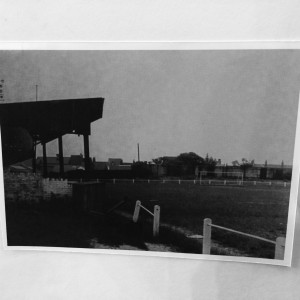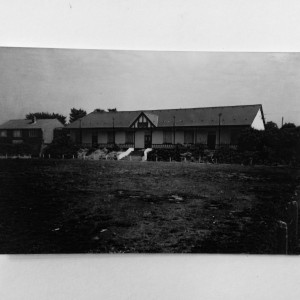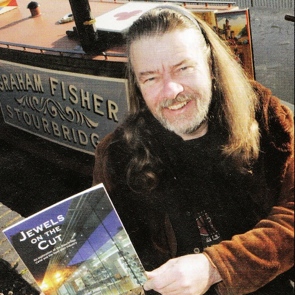In March 1944 Brierley Hill Urban District Council received a proposed master plan for the area. It presents a fascinating insight into how the town’s future was envisaged by leading dignitaries. It is interesting to see how the plan influenced the town as it is today. Below are some of my thoughts and the full article for the County Express.
What do you think?
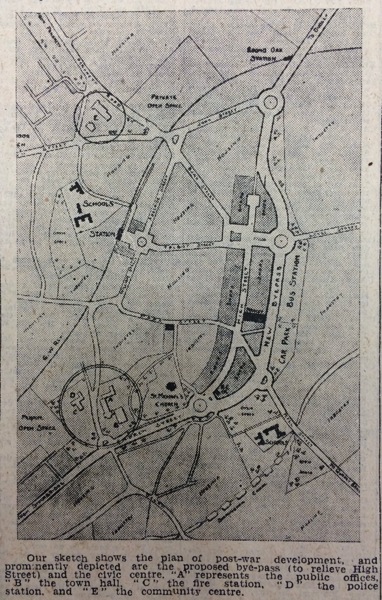
- The plan is the first recorded proposal for the new road in Brierley Hill which eventually opened as Venture Way in 2008 – a mere 64 years after the original idea was put forward to the Council. It remains open to debate whether this has resulted in the High Street becoming “… a convenient and pleasant by way where shopping, amusements, and business activities could be carried on in comfort without danger from passing traffic.”
- In recent years considerable debate has taken place over the Western Orbital proposal for a road to the West of the Black Country conurbation. Here, the 1944 visionaries discuss how hard it is to bypass the Amblecote Wolverhampton road – their concerns on this turned out to be correct as the Western Orbital was abandoned 12 years ago.
- The plan recognised that Brierley Hill is made up from distinct local communities. Building on this it is envisaged developing new homes around “existing nuclei”. This seemed to have been an effective part of the plan – as evidenced by the “new” community centres at Brockmoor, Kingswinford, Wordsley and Quarry Bank.
- The illustration of the master plan for Brierley Hill town centre shows housing to the West.
- This aspect of the plan was implemented through a “slum clearance” program lasting until the mid-1960s. The most visually striking example of this is the Chapel Street Flats. But Cottage Street, Level Street, Fenton Street, and Albion Street were all cleared. This has the unintended side-effect of damaging trade in the High Street. By the late 1950s traders were complaining about the “Exodus” of residents which had hit their businesses. They were looking forward to the building of the new flats at Chapel Street. All of this a quarter of a century before the development of the Merry Hill Centre.
- One of the biggest surprises was the proposal to use Marsh Park for the Civic Centre. This was to include council offices, a police station and a fire station. The idea was implemented almost fully – but at the other end of the town where the Civic Centre stands as evidence today.
Her is a transcript of the full story from the County Express, March 1944:
EXTENSIVE POST-WAR PLAN
Approved by Brierley Hill CouncilA report on post-war housing and reconstruction, prepares for Brierley Hill Urban District Council by their town planning consultant, Mr T. Alwen Lloyd and Mr H. Jackson, was adopted by the Council at their meeting on Monday.
The plan of reconstruction is a very extensive one, and has been worked out in some detail.
Cllr J. N. Hickman remarked that Brierley Hill was one of the first towns to move in that direction, and they would long have reason to be proud that at least in that one corner of the world there would be a brighter, healthier, and happier place in which to live.COMMITTEES VIEWS
It was reported that at an extraordinary meeting of the Public Works, Housing and General Purposes Committee on March 6, presided over by the Chairman (Cllr Hickman), the report of the councils Town Planning consultants, Messrs T. Alwyn Lloyd, P.P.T.P.I. and H. Jackson, F.R.I.B.A. was received. Mr Lloyd explained the principles which had guided his colleague and himself in the preparation of the report, and explain generally thereon, and afterwards he and Mr Jackson replied to points raised by various members.
The committee recommended that the report and recommendations be generally approved, and that the broad principles as to zoning, communications, open spaces, etc be included in the Council’s town planning scheme: also the Chairman and the Clerk of the Council consider what effective steps could be taken in regard to the publicity of the proposals. The Clerk explained that, with regard to the proposed Civic Centre in the Marsh Park, the conveyance to the Council contains a covenant restricting the use of the path the purposes of a public park and recreation grounds. He has been in communication with Messrs. Marsh and Baxter Ltd, and read a letter from the company stating that they would be prepared to waive the restriction to enable the Civic Centre to be constructed.EXPERTS’ REPORT
At Monday’s Council meeting, Cllr Hickman presented a summary of the report, which was as follows:
The report, with the accompanying maps refers to an outline planning scheme for the development of the urban district after the war, with the intention that after this has been duly considered by the Council, subject to any modification that may be decided on, the proposals shall automatically be embodied in the statutory planning scheme for the whole area. The present urban district comprises 5932 acres, with an estimated population in 1939 46,000. The district was only formed in 1934 by the amalgamation of the old Brierley Hill, Quarry Bank, and Kingswinford authorities. It contains a number of important industries of varied character. Existing development is of a dispersed order, consisting of communities that have grown up separately, and in consequence there is not the same cohesion as would have occurred if Brierley Hill had grown as one large concentration, such as one usually finds in other industrial towns.BETTER COMMUNITIES
The report recommends that advantage should be taken of the dispersed character of development by making the several parts of the district into better communities in the full sense, including the requested open spaces, shops, schools, communal facilities, and so on. Concurrently with this replanning of the outer areas, the central part of Brierley Hill proper has received close attention and a number of important improvements are recommended.
Roads: Owing to heavy congestion of traffic through the built-up area, it is evident that there must be traffic relief by new bypasses and other improvements in main road communications. The classified road A461 is a case in point, and the route for a bypass south of Brierley Hill is suggested from the direction of Stourbridge, avoiding Lye and continuing to Dudley, with a cross connections to the centre of Brierley Hill and other key points.
One of the chief recommendations is an internal bypass relieving the heavy traffic through the centre of Brierley Hill, by way of Church Street and High Street. This bypass or relief road would run immediately to the east of the High Street, through the old property and streets that in any case will have to be redeveloped before long. The internal bypass will include dual carriageways, service roads, with all necessary roundabouts and improvements at Street junctions. Alongside the relief road the future central bus station and car park for Brierley Hill have been placed.MODERN TECHNIQUE
Under this scheme, to be in accord with modern techniques for closely built-up areas, it is recommended that the High Street shopping and business zone should be treated as a precinct, kept free of heavy and fast through traffic, which would be diverted along the internal bypass. The High Street would then become a convenient and pleasant bye-way where shopping, amusements, and business activities could be carried on in comfort without danger from passing traffic.
Regarding the other chief classified road A491, running from Amblecote in the direction of Wolverhampton, it has not been found impossible to bypass this entirely, but suggestions are made for the drastic widening and improvement of the existing highway through Wordsley and Kingswinford. Advantage has been taken of certain existing roads there for getting traffic relief, and the other important suggestion is for a through road to be constructed just east of the Kingswinford Wordsley crossroads, which could be undertaken as part of the post-war development of that area. There are also schemes put forward for improving the lateral routes via Bromley Lane and Brierley Road, Buckpool. That method would have the merit of avoiding a new north to south route through what is now largely open country of awkward level.
Future patterns of the urban district: there is particular emphasis on securing green belts and wedges of open land between and around the existing communities at Brierley Hill, Quarry Bank, Wordsley, Kingswinford, wall heath, and Pensnett, instead of these being linked up by a continuing process of ribbon development along the highways. Each of these sub-centres comes in for separate treatment, and proposals are made for the location of community centres, to comprise full facilities for shopping, education, health, youth activities, amusements and open space.NEW ESTATES
The location for post-war housing, which naturally looms large in the Council’s programmes, has received detailed attention, and the report makes ample provision for new housing estates in suitable localities. The principle followed has been to group these around existing nuclei so as to avoid sporadic disposition of housing, and conserve public services. The new and old development would thus form compact communities where the residents will find scope for their social and cultural activities, as well as me housing provision.
The future of agriculture in the district has not been overlooked, and in appropriate places rural zones are included, in which farming, market gardening, and similar pursuits would continue. In the outlying portions of the district there will be opportunities for estate development of more open densities, so that houses of various types and sizes can be erected to suit public requirements. Special attention has been devoted to conserving the best soil for agriculture and horticulture, bearing in mind the fact that in pre-war years a great deal of this was sacrificed to uncoordinated building development. Effort should be made also to save all existing amenities and pleasant countryside still to be found within the urban district.
Industries: the district has suffered widely from the scars of past industrial activity. Proposals are made for treatment of the derelict sites, clearance of old debris, and levelling up tips and unsightly dumps, so that these can be brought into better use under the post war plan. There are recommendations for the extension of existing industries and for providing sites for new industries in certain areas. The continuing prosperity depends so much on industry that steps should be taken to retain the cooperation of industrialists and businessmen in securing a more orderly and efficient background to their activities in the future.CENTRAL POINT
Civic Centre: Owing to the urgent need for municipal buildings, steps were taken prior to the war to examine suitable sites, and preliminary proposals were explored. However, the authors of the report were asked to review the whole position and to advise the council on the most suitable location for the new civic centre. After pursuing their enquiries they came to the conclusion that by far the best site for this purpose is Marsh Park and the land immediately adjoining it. This stands at the highest part and in the centre of Brierley Hill, where an imaginative scheme for public buildings grouped around formal gardens and other features on the hillside would dominate the town, and constitute a very fine scheme. This would include the clearing of some of the old properties and improving the access to Marsh Park up the slopes from several sides.
Redevelopment areas: Proposals are made for taking advantage for drastic replanning of these as occasion arises. One such area lies between the back of High Street and Moor Street, and the railway. The plan includes for realignment and opening out of the streets for future buildings, including a better approach to and a new Brierley Hill station. There are other areas of this description which come within the replanning scheme.PARK BELT
Appreciative reference is made to the existing public open spaces, that these will be quite insufficient for post-war needs, and it is recommended that 150 to 200 additional acres should be secured. The chief proposal put forward is for obtaining an extensive area of central park belt. This would run from the north end of Middlepool through the heart of the district, comprising old works, tips, pools, and waste lands as far as Buckpool, where the park belt would join the proposed rural zone. It would have incalculable amenity value and would avoid, as so often occurred in other towns, the indefinite extension of building over all land near the centre. The layout of this park built would give great scope for ingenuity and creating attractive features by the clearance of industrial debris, afforestation and planting of ornamental trees. In it there would be fine opportunity for laying out large recreation grounds games pitches, playfields, and swimming baths. The park belt would enable pedestrians to walk through pleasant surroundings from one end of the district to the other, uninterrupted by main road traffic and rows of buildings.
All proposals in this report relating to the main roads will be submitted to the County Council.The report was illustrated by a series of maps showing the general proposals, the Brierley Hill central replanning and civic centre and the neighbourhood planning of the five sub centres.
These were displayed around the Council Chamber.50 YEAR SCHEME?
Cllr Hickman said the meeting of the Public Works Committee was extraordinary in more ways than one. First, because of the most important and far-reaching proposals ever presented for consideration, and also for the remarkable unanimity and goodwill. He thought they would probably have to make adjustments to the proposals, which would take 50 years to complete, but some essential features could take place immediately after the war. Whilst the Council’s secrets should be safeguarded, he thought it would be interesting to exhibit some of the drawings in the town, and to publish the brochure.
IMPORTANT STEP
The chairman (Cllr H Haden, JP) said the adoption by the Council of the broad outline and general principles of the experts’ town planning and post-war reconstruction proposals marked an important step forward, and “vista of progress and development for their area. Big tasks lay ahead for that and future councils: tasks with commensurate opportunities. Time, money, energy, and enterprise would be required to give practical effect to the blueprint prepared by Messrs Lloyd and Jackson. He expected the ratepayers would require to give their endorsement as the programme unfolded, but he had little doubt that general support and cooperation would be readily accorded, seeing that the object of the recommendations was to provide more houses, much-needed amenities, better communications, and improvement in the general conditions and layout of Brierley Hill urban district. “Let us hope” said Cllr. Haden, “that by reason of what in due time will be accomplished present and future generations may concede that in the year 1944 the members and officials of the Council showed courage, initiative and vision.”
Country Express March 1944

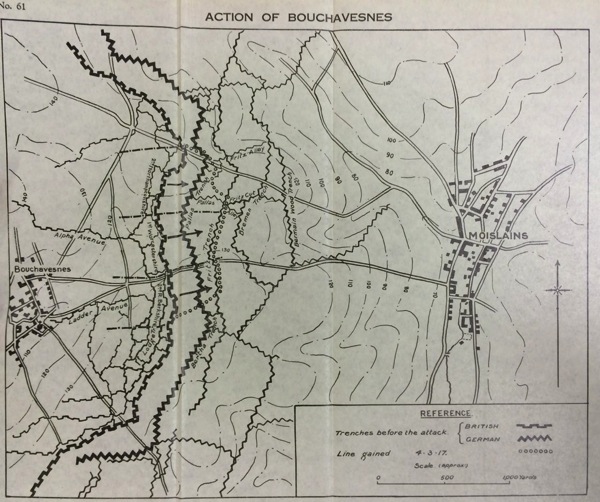
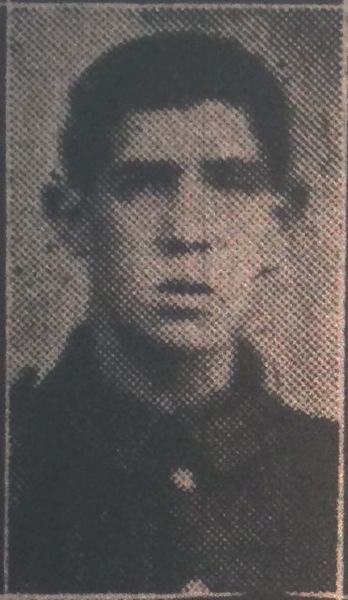
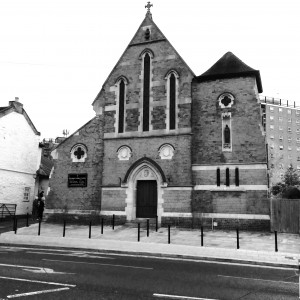
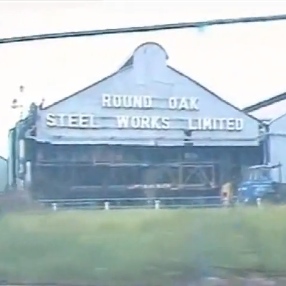

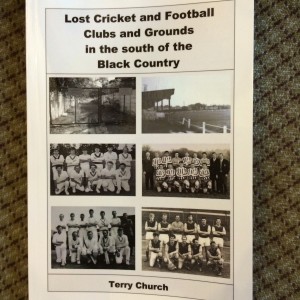 Brierley Hill Grammar School Cricket Club
Brierley Hill Grammar School Cricket Club